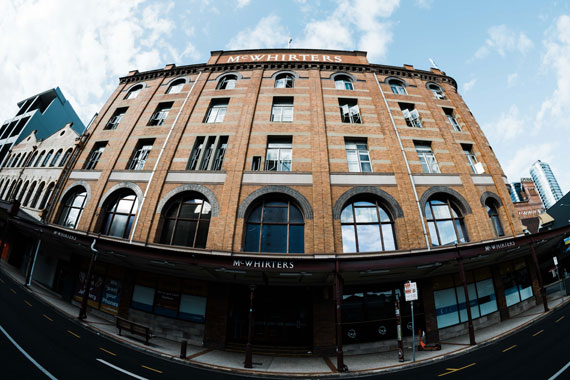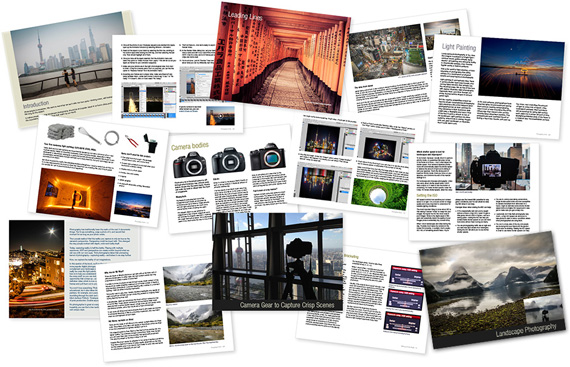A fisheye lens is a type of ultra wide-angle lens that produces strong visual distortion to create a wide panoramic or hemispherical image. Named for the visual effect they create, which is similar to how the world might look through a fish’s eye, these lenses achieve an extremely wide field of view by bending incoming light rays in a way that is radically different from a typical camera lens.

Photo captured by Stewart Munro
Here’s a more technical explanation of how this works:
- Light collection: Fisheye lenses have a much wider field of view than normal lenses. This means that they collect light from a larger area.
- Lens shape: The front element of the lens is bulged in a way that resembles a hemisphere rather than being flat or mildly curved. This unusual shape is crucial to the lens’s ability to capture such a wide field of view.
- Light bending: The convex shape of the lens causes incoming light rays to bend more toward the edges. This bending of light, also known as refraction, allows the lens to capture light from a wider field of view than would be possible with a lens that does not cause as much bending.
- Image projection: The lens projects the light onto the camera’s sensor or film plane in a different way than normal lenses. Normal lenses aim to project light in such a way that straight lines in the real world are reproduced as straight lines in the image. Fisheye lenses, however, project light so that straight lines are reproduced as curves if they do not pass through the center of the image.
The outcome of all this is an image that has a unique aesthetic: an extremely wide field of view, significant distortion towards the edges of the frame, and a certain kind of perspective “warping” that can make the image feel more immersive or dramatic.
It’s worth noting that there are two main types of fisheye lenses: circular fisheye lenses, which produce a round image with a 180-degree field of view in all directions, and full-frame fisheye lenses, which produce a rectangular image with a 180-degree field of view only in the diagonal direction. The type of fisheye lens used can have a significant impact on the look of the final image.
For Further Training:
This #1 bestseller is the most in-depth eBook on how to capture amazing photography anywhere. Over 250 pages of photography tips & tricks from industry insiders. Currently 83% off for a Spring Sale that’s wrapping up if you want to check it out.
It is the product of over a DECADE of research as an insider in the photography industry, assembled to help you learn quickly and avoid the mistakes that I made along the way.
Deal ending soon: The Photography Tutorial eBook Spring Sale
Like This Article?
Don't Miss The Next One!
Join over 100,000 photographers of all experience levels who receive our free photography tips and articles to stay current:







Leave a Reply